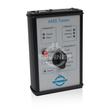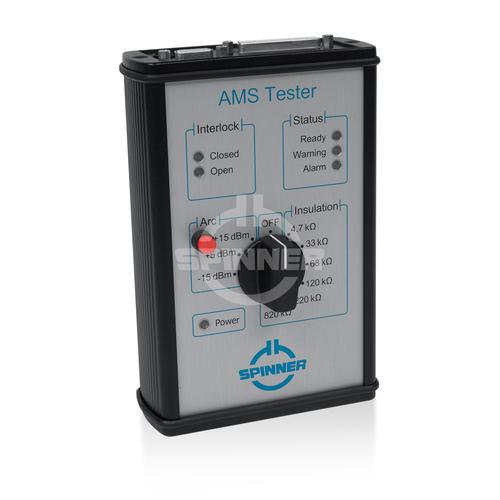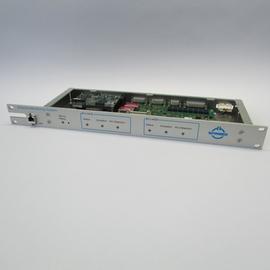SPINNER Antenna Monitoring System - protect your broadcast infrastructure
All over the world radio and television broadcasters rely on their transmission systems operating unfailing around the clock, including patch panels, feeder cables and dipoles. The infrastructure itself is generally robust, but in the long run can be damaged and disturbed sustainable through RF overloads, incorrect installation or environmental influences (e.g.: UV radiation, ice, strong wind).
SPINNERs Antenna Monitoring System (AMS) was developed to detect and pinpoint potential malfunction sources, like minimal arcing, compromised insulation or water ingress as early as possible. Thus, the whole broadcast transmission system can be prevented from greater damages, for example degraded RF-components, fire or even a complete off-air situation. All conspicuous events are continuously and reliable recorded in the AMS control unit and can be checked from anywhere via a user-friendly web interface, which also can be used to easily configurate the AMS system setup. A detected failure triggers an alarm both locally on warning LEDs and remotely via a SNMP (Simple Network Management Protocol) interface.
All AMS system components are engineered for indoor installation and can be integrated simple and fast, even in already existing broadcast sites.
An AMS tester, which simulates arc and water ingress and is used to test the Antenna Monitoring System. The interlock system can also be tested.
The protection class is IP 40.
The positive characteristics are briefly summarised: Tests the function of the U-Link/ Line Section and the Control Unit, Simulates arcing and different insulation resistances with the intent to test AMS warnings and alarms, Checks operation of interlock and status relays, Easy operation with one single rotary switch.
Delivery scope: The delivery of the product contains the following items: AMS Tester, connection cable D-SUB 25 (interlock relay test, from control unit to test adaptor, length 2 m), connection cable D-SUB 9 (status relay test, from control unit to test adaptor, length 2 m), 2 x patch cords (4 mm connectors, length 1 m), 2 patch cord adaptors (4 mm socket to 2 mm plug), 9 V battery, case for tester and accessories, manual, data sheet
Benefits of the AMS
- Distance-to-fault detection
- Arcing detection
- Water ingress detection
- Continuous monitoring of the whole system
- Local signaling by LEDs and status relays
- Remote signaling via SNMP and web interface
- Protection by integrating transmitter into interlock loop
- No signal distortion
- Compact design
- Fast, easy installation
- All components indoors
- No invasive changes to the system
- Suitable for pressurized lines
- Works for antennas of any height


